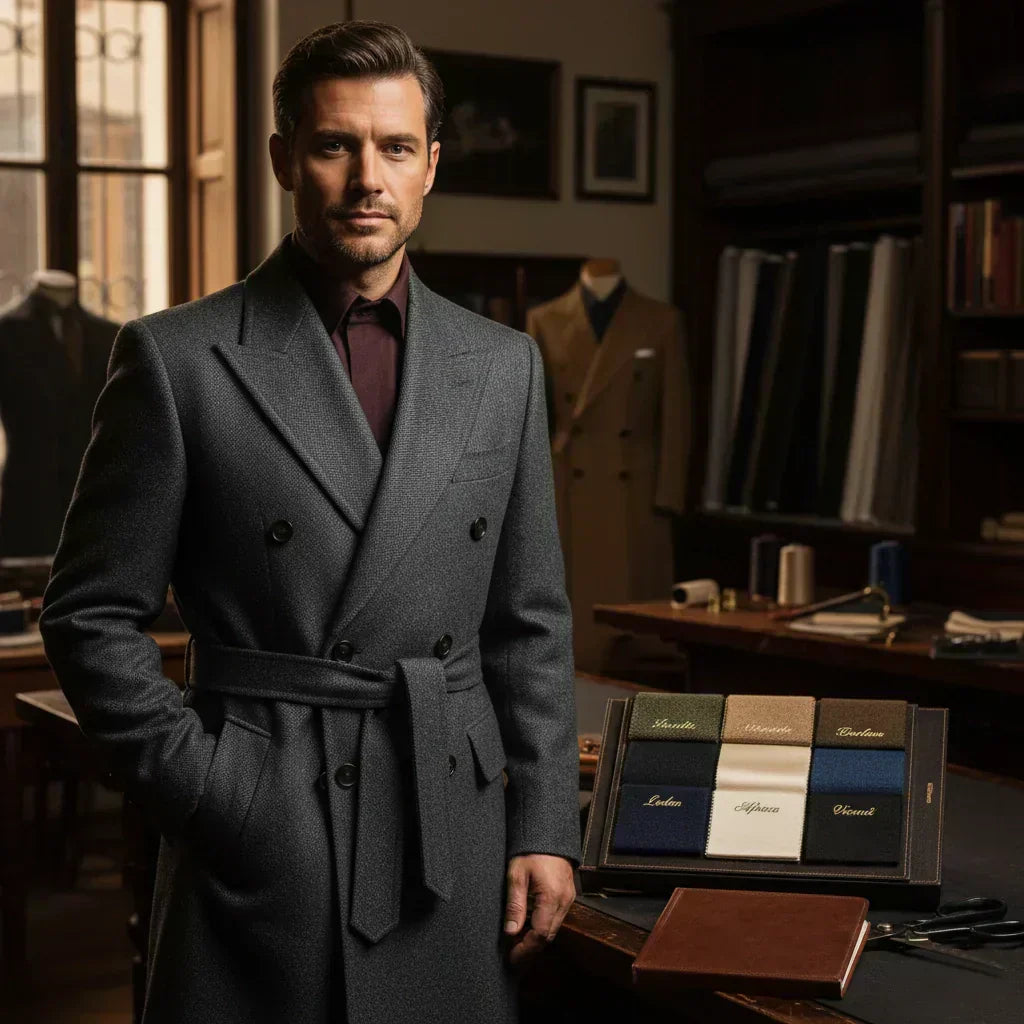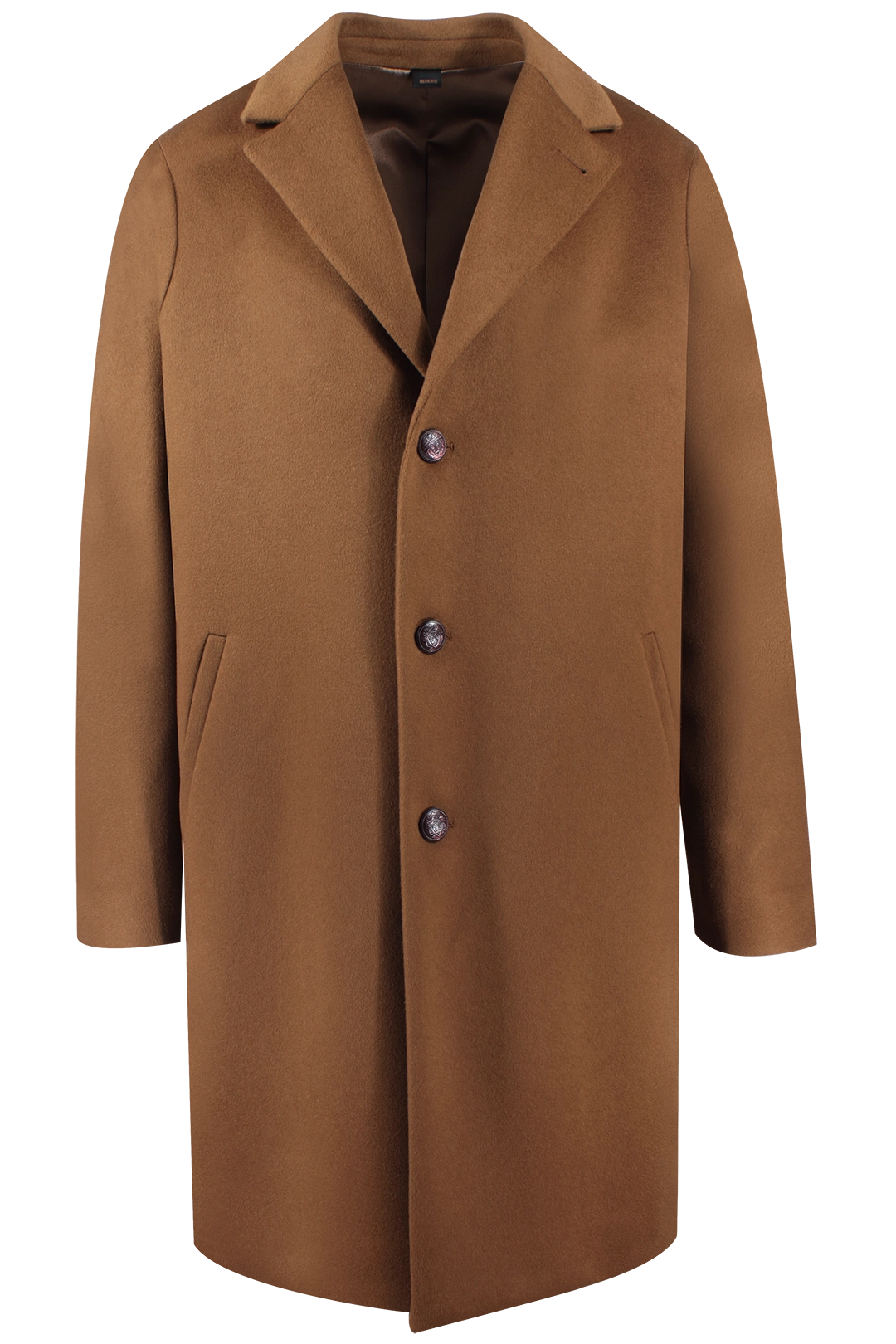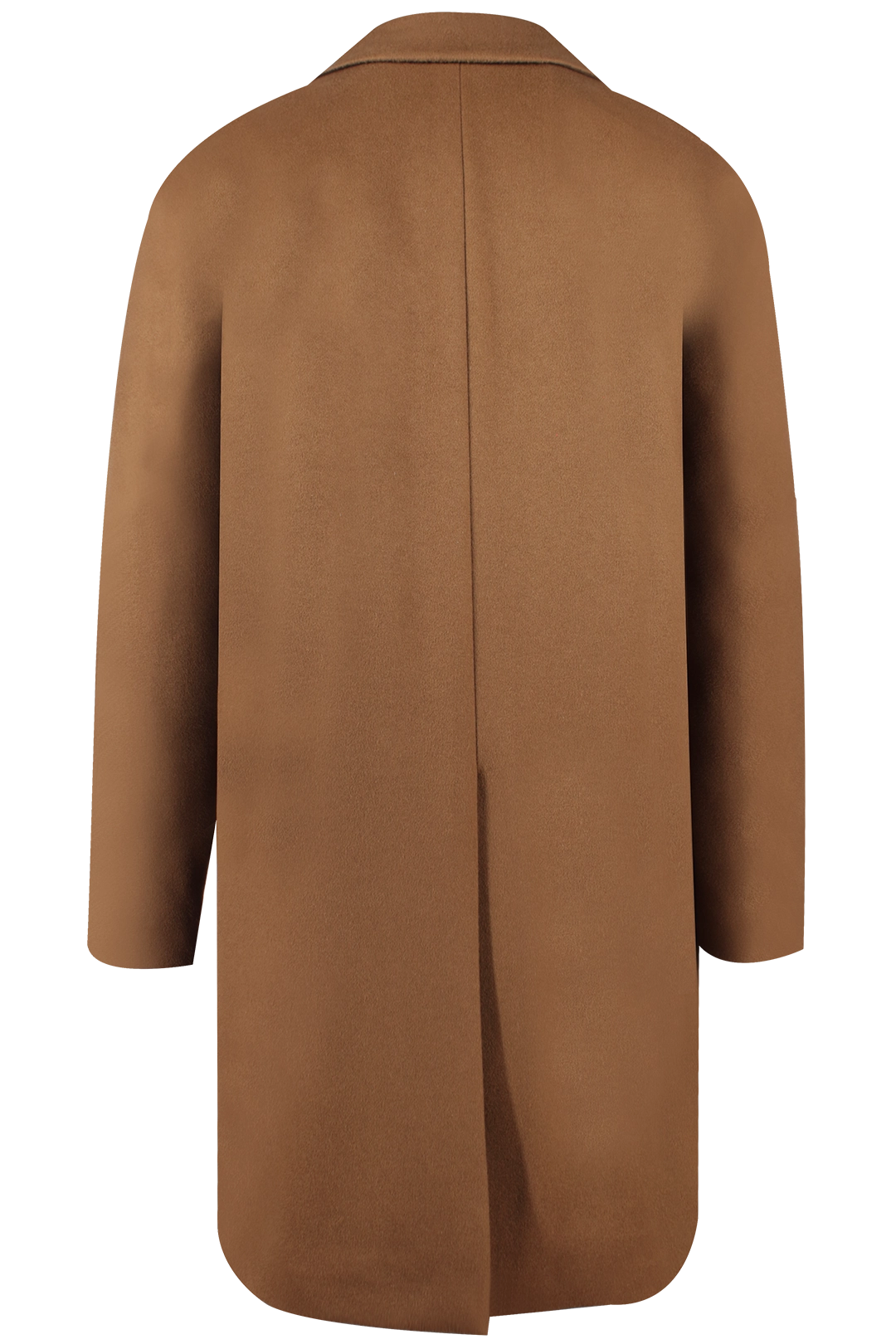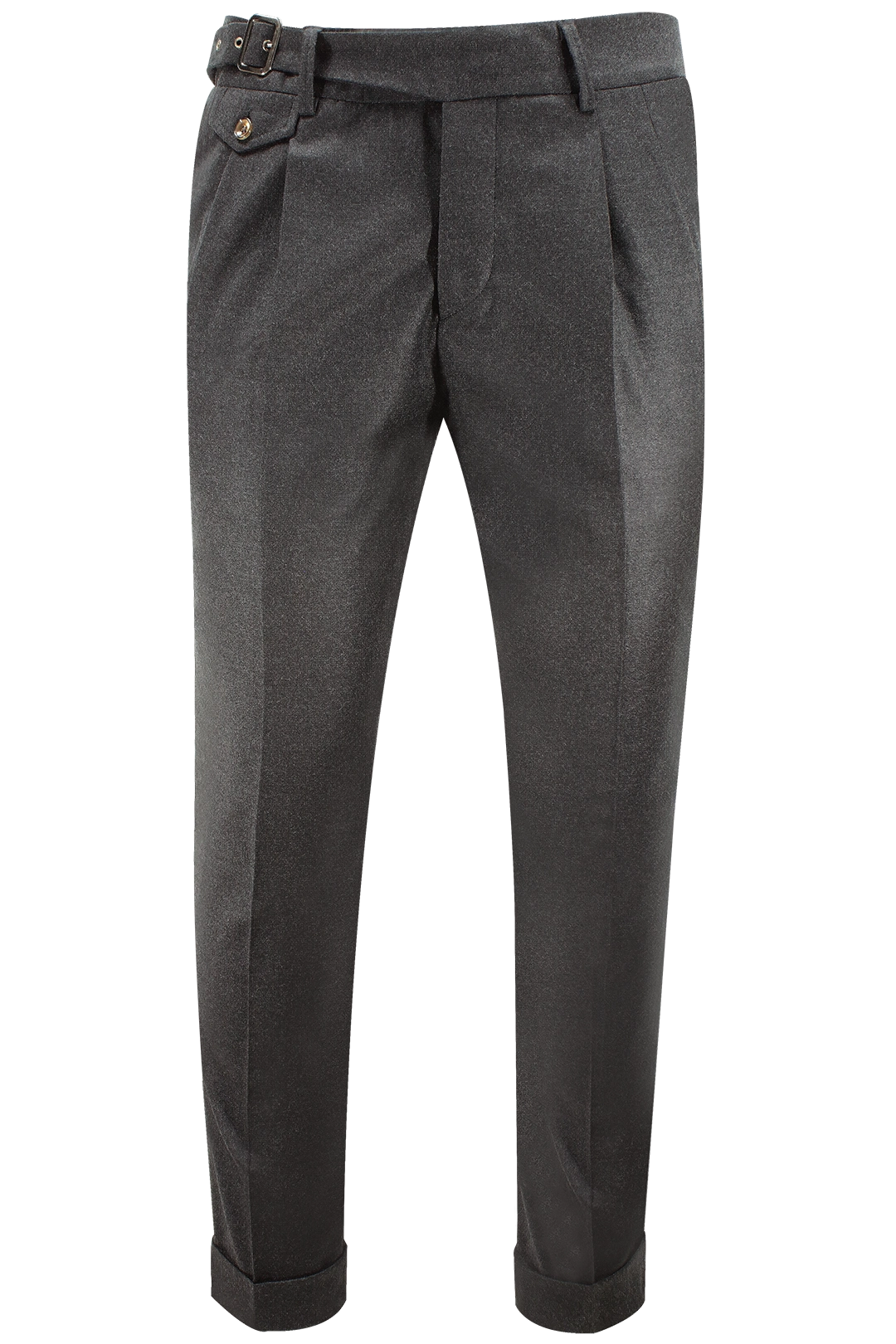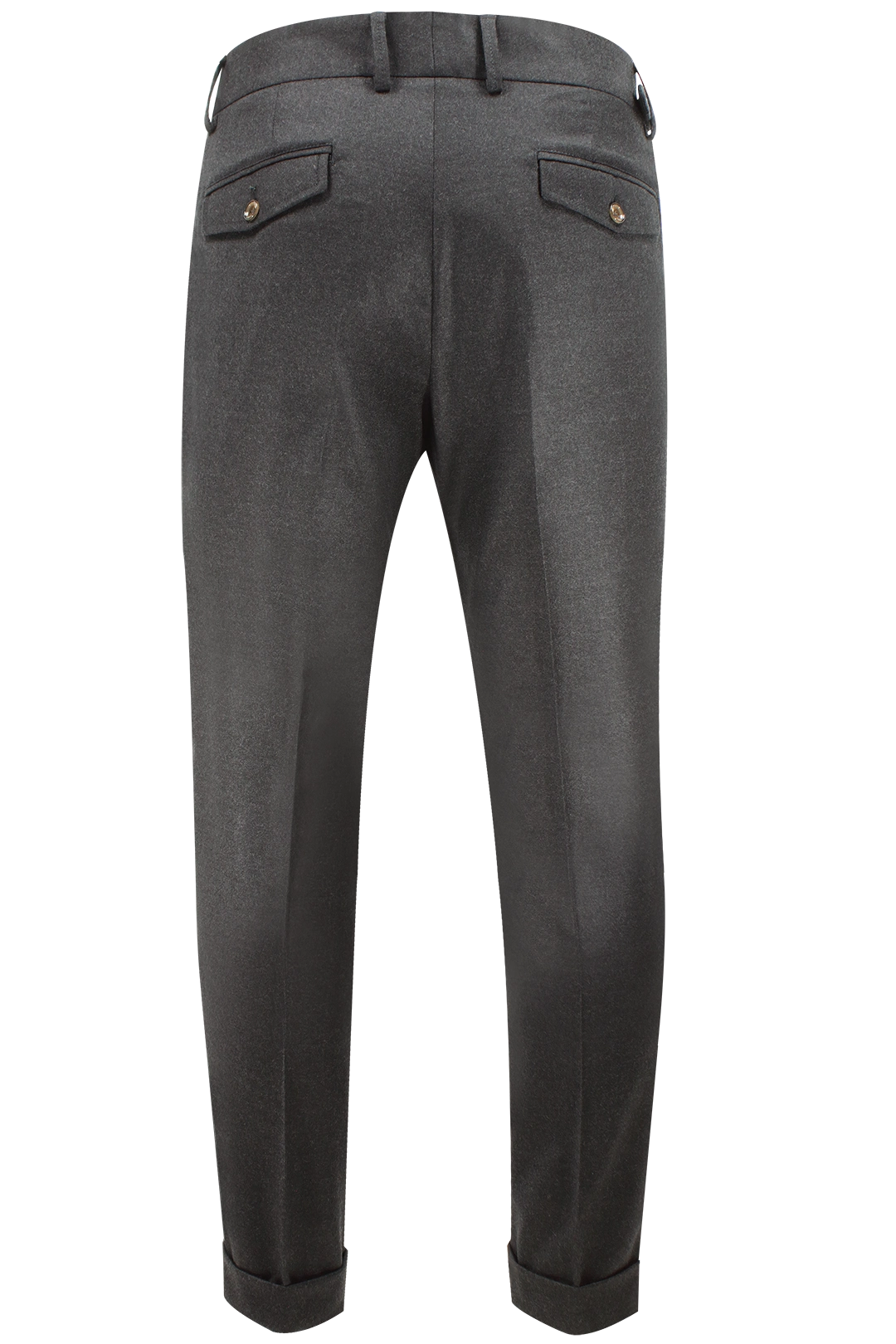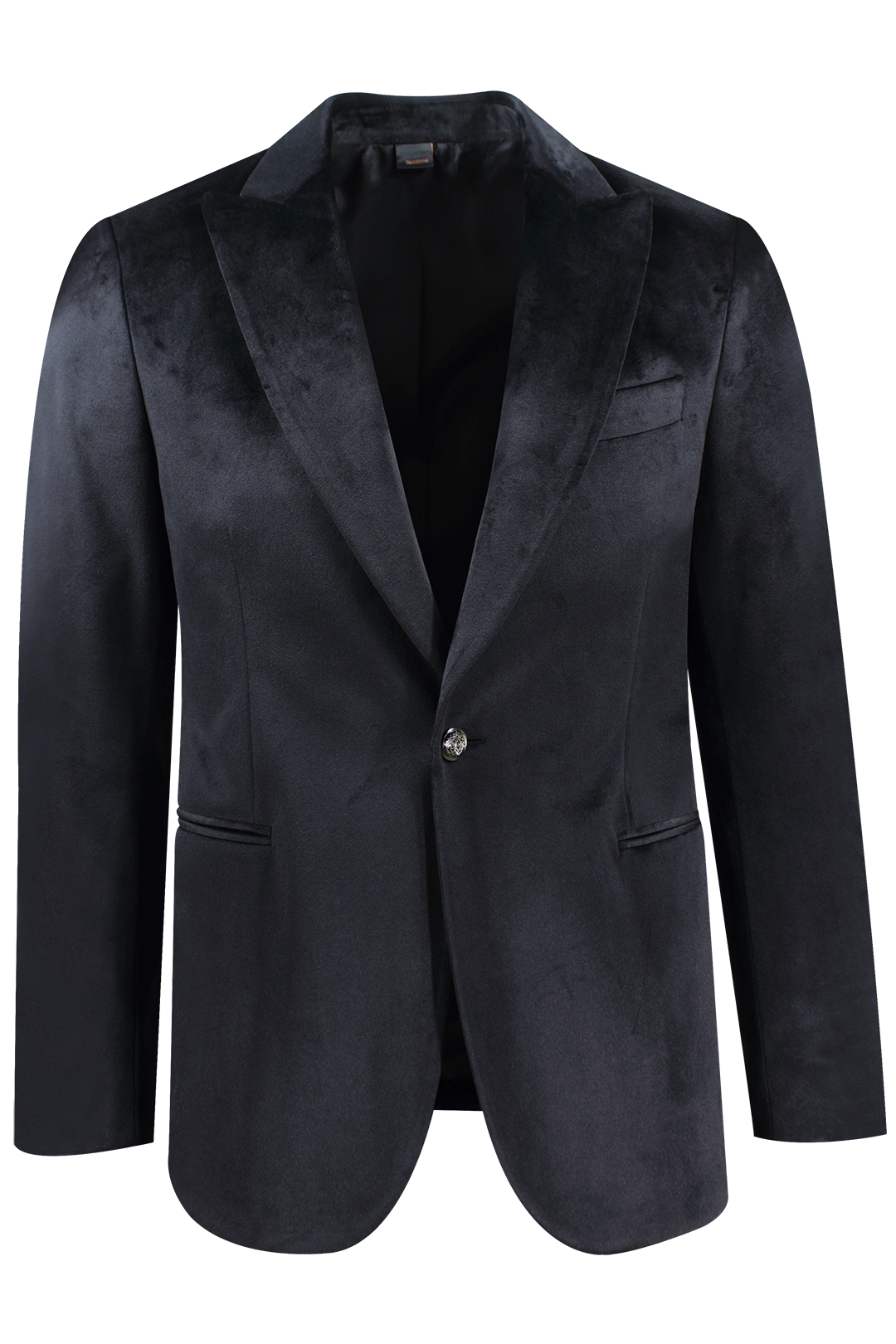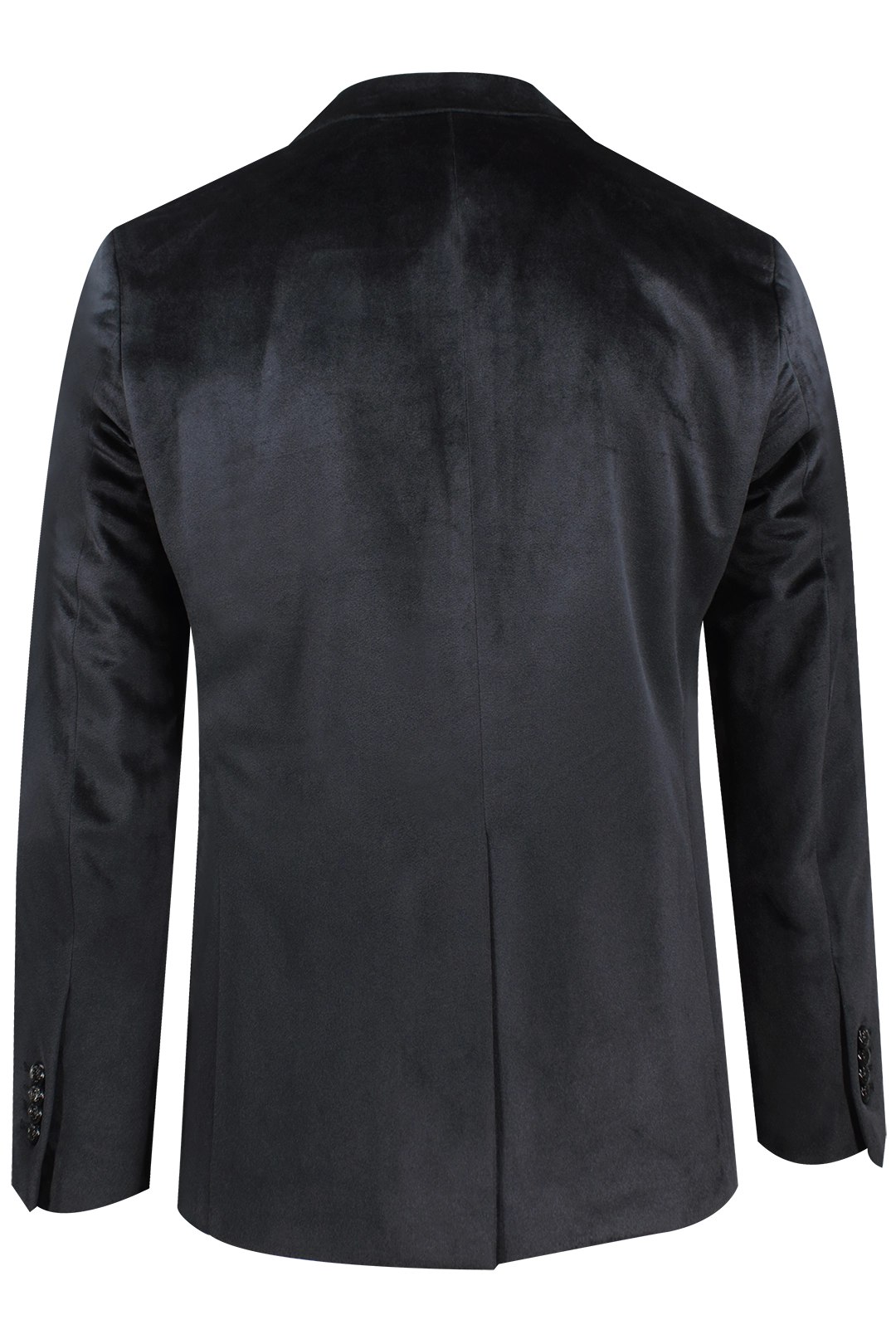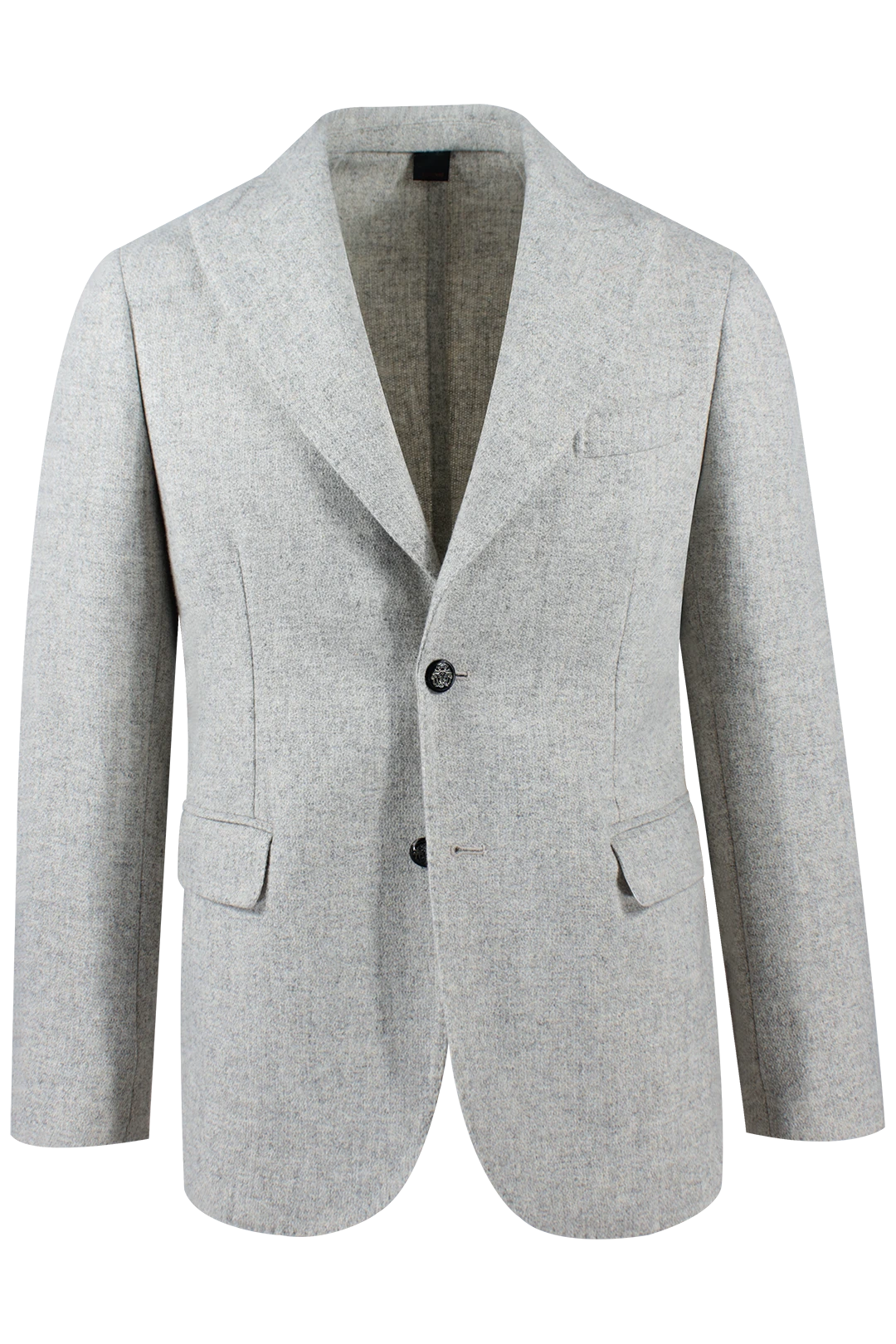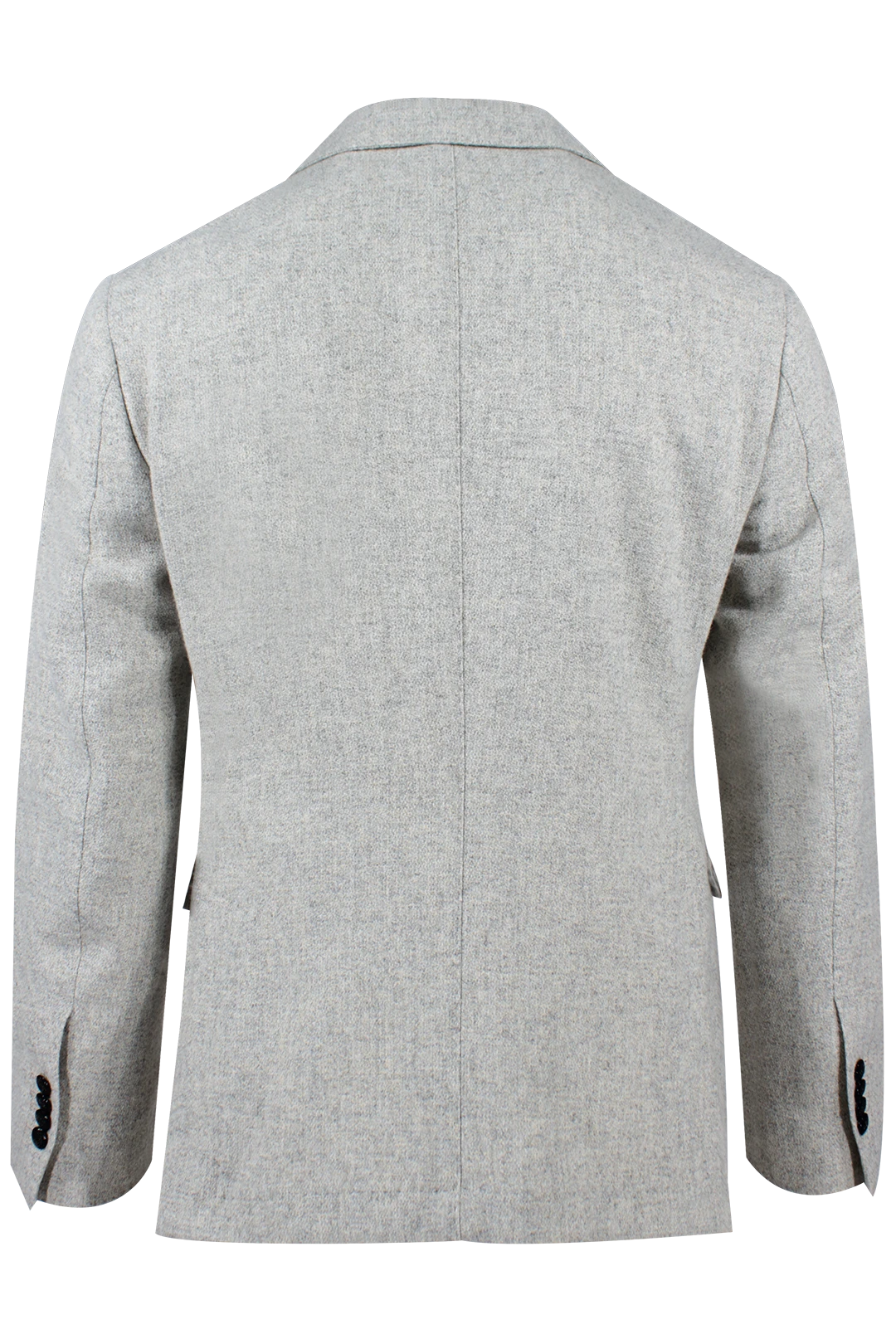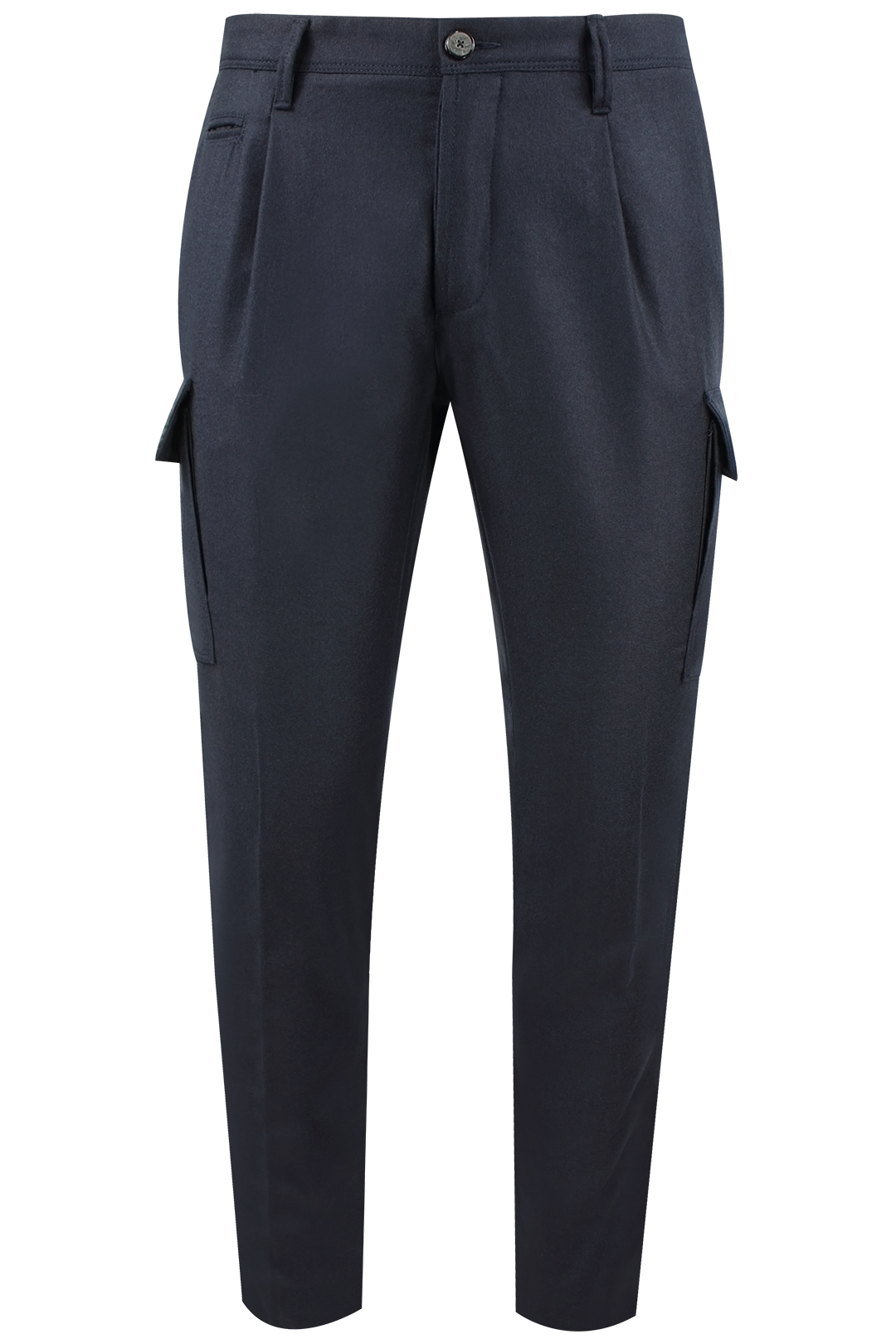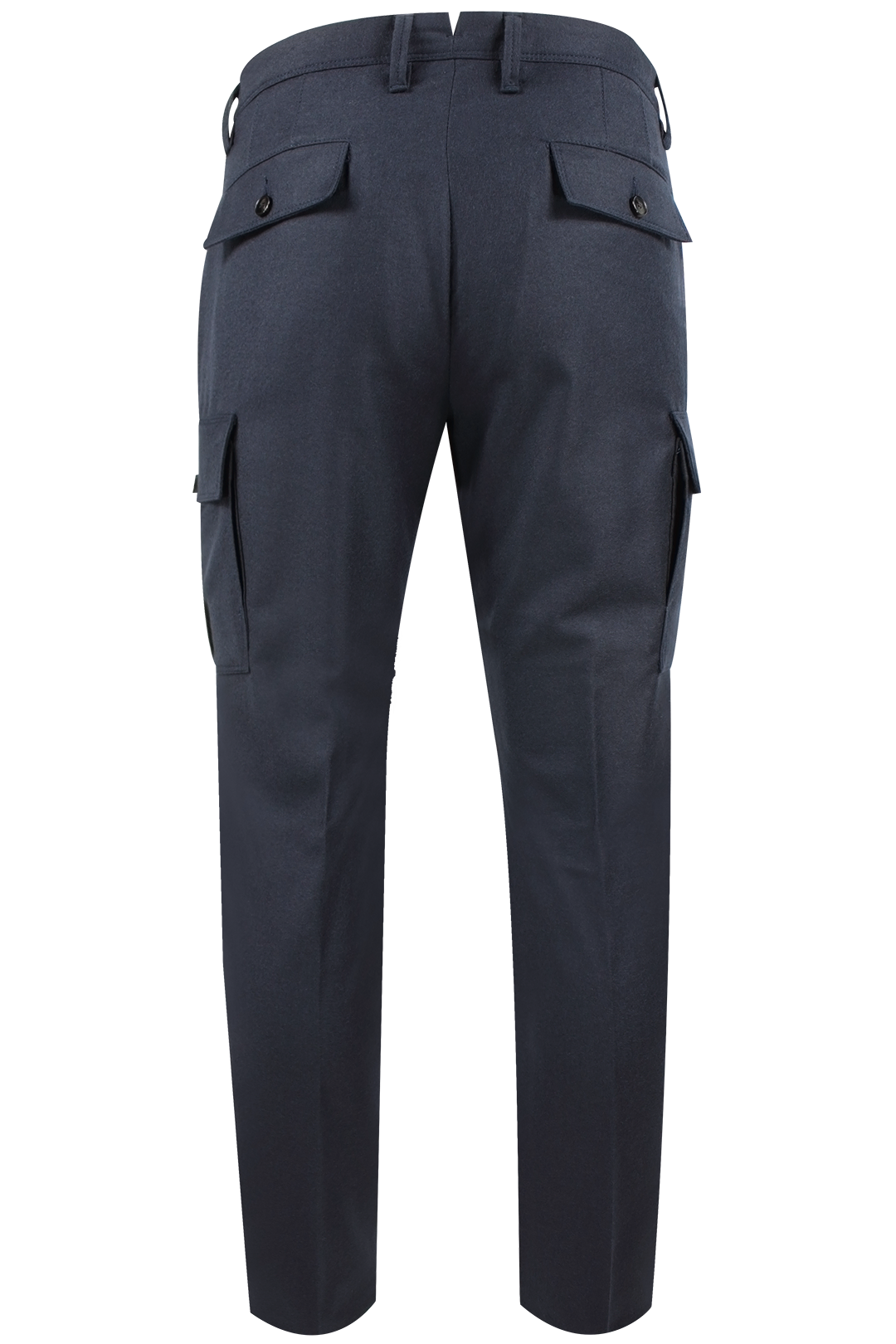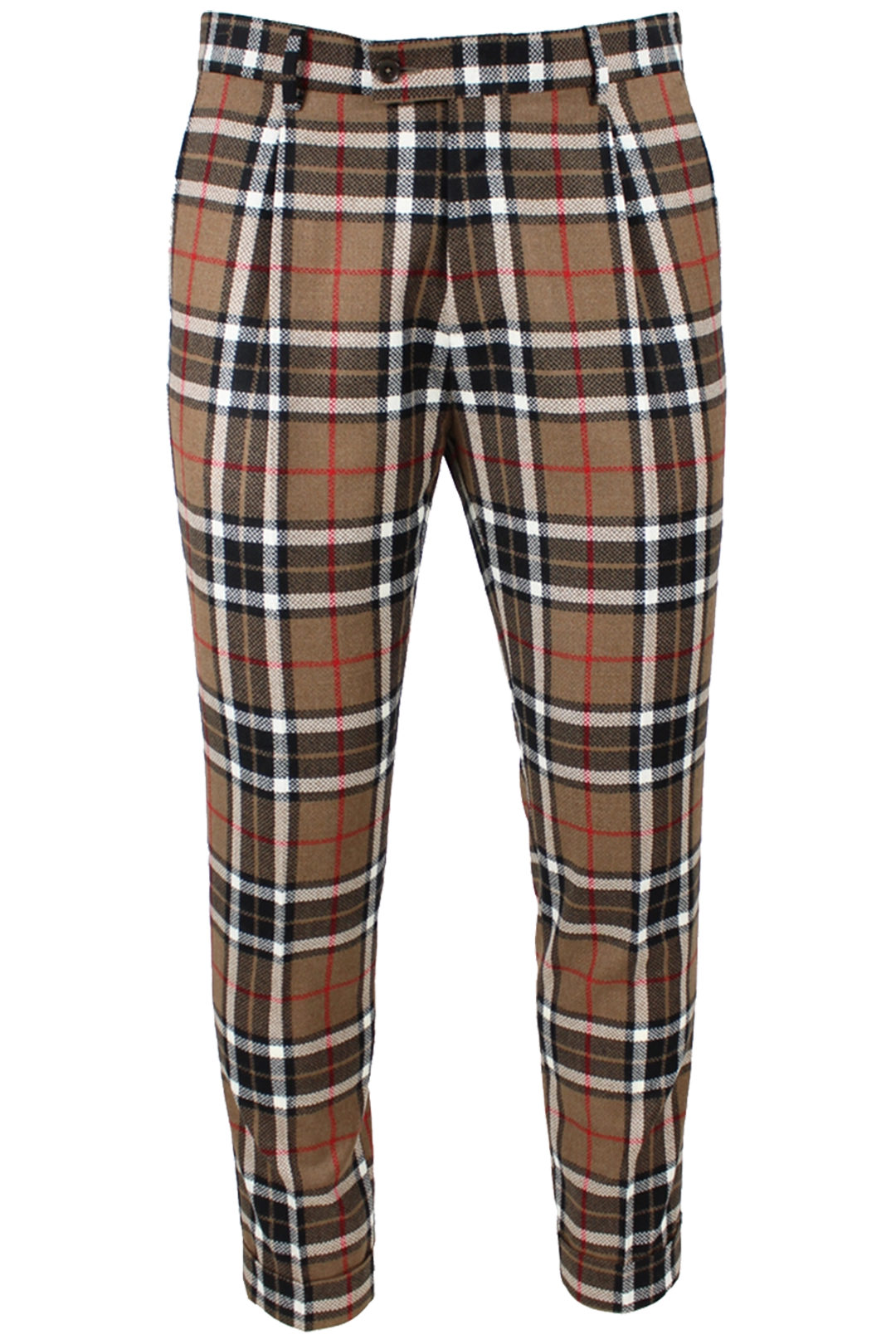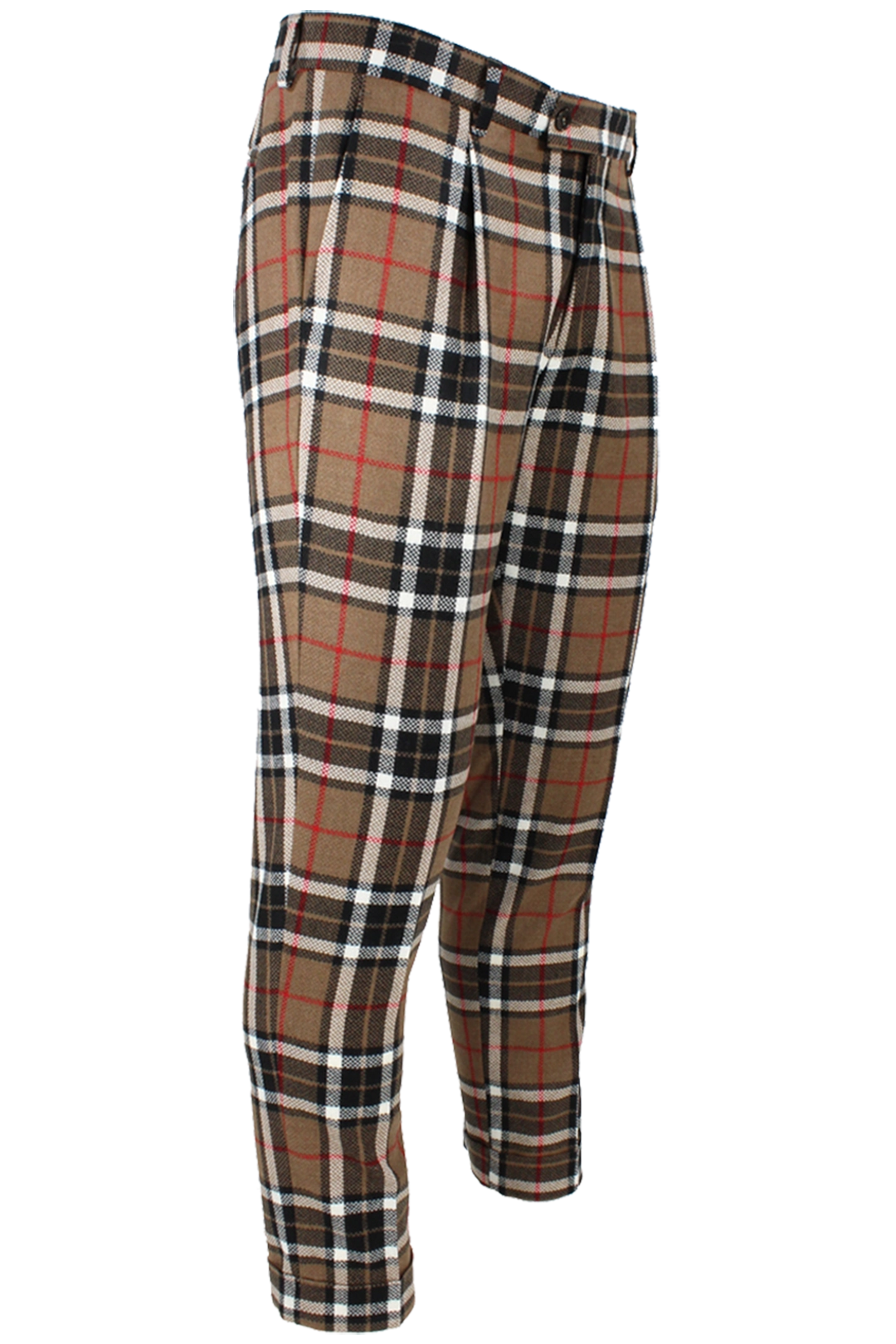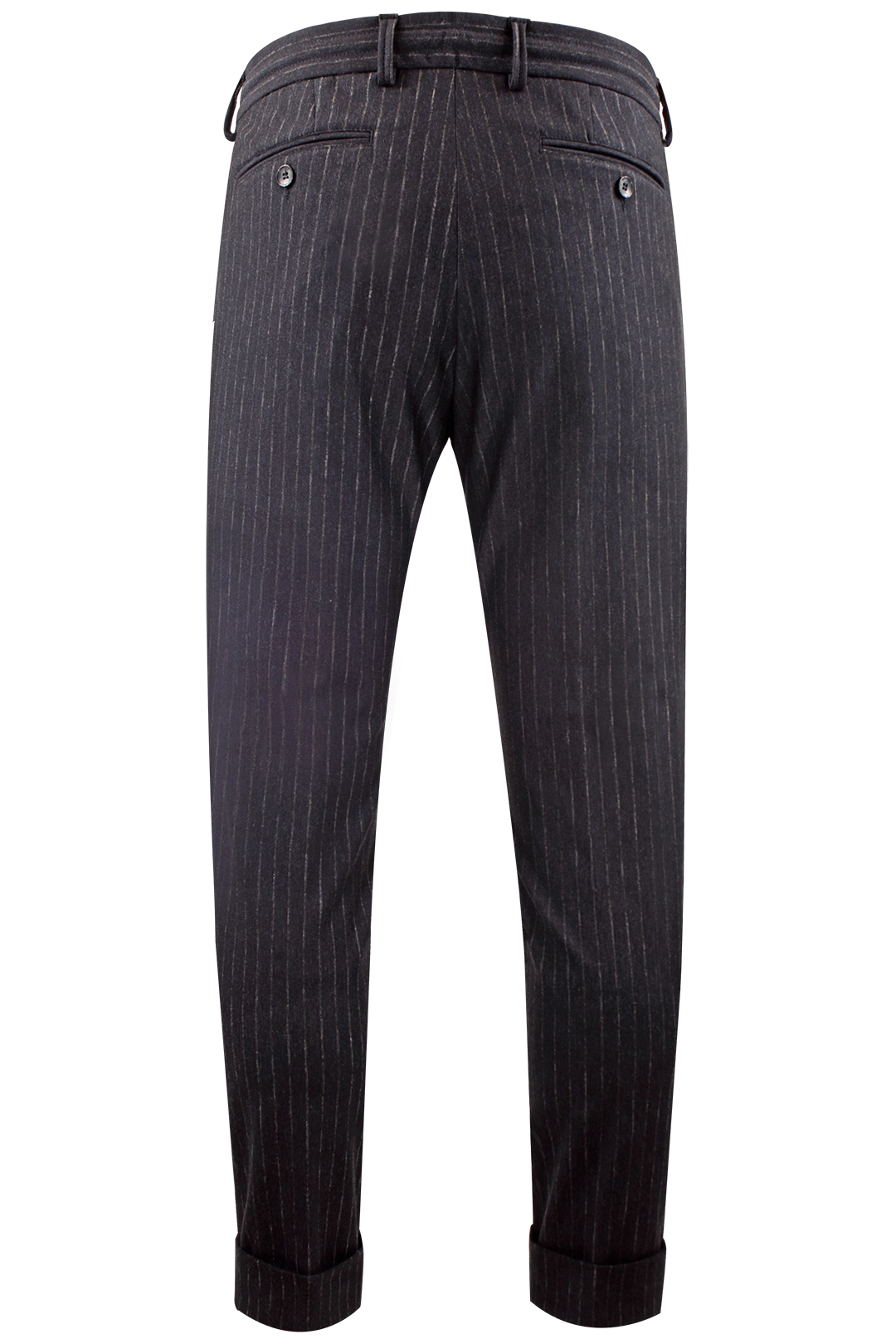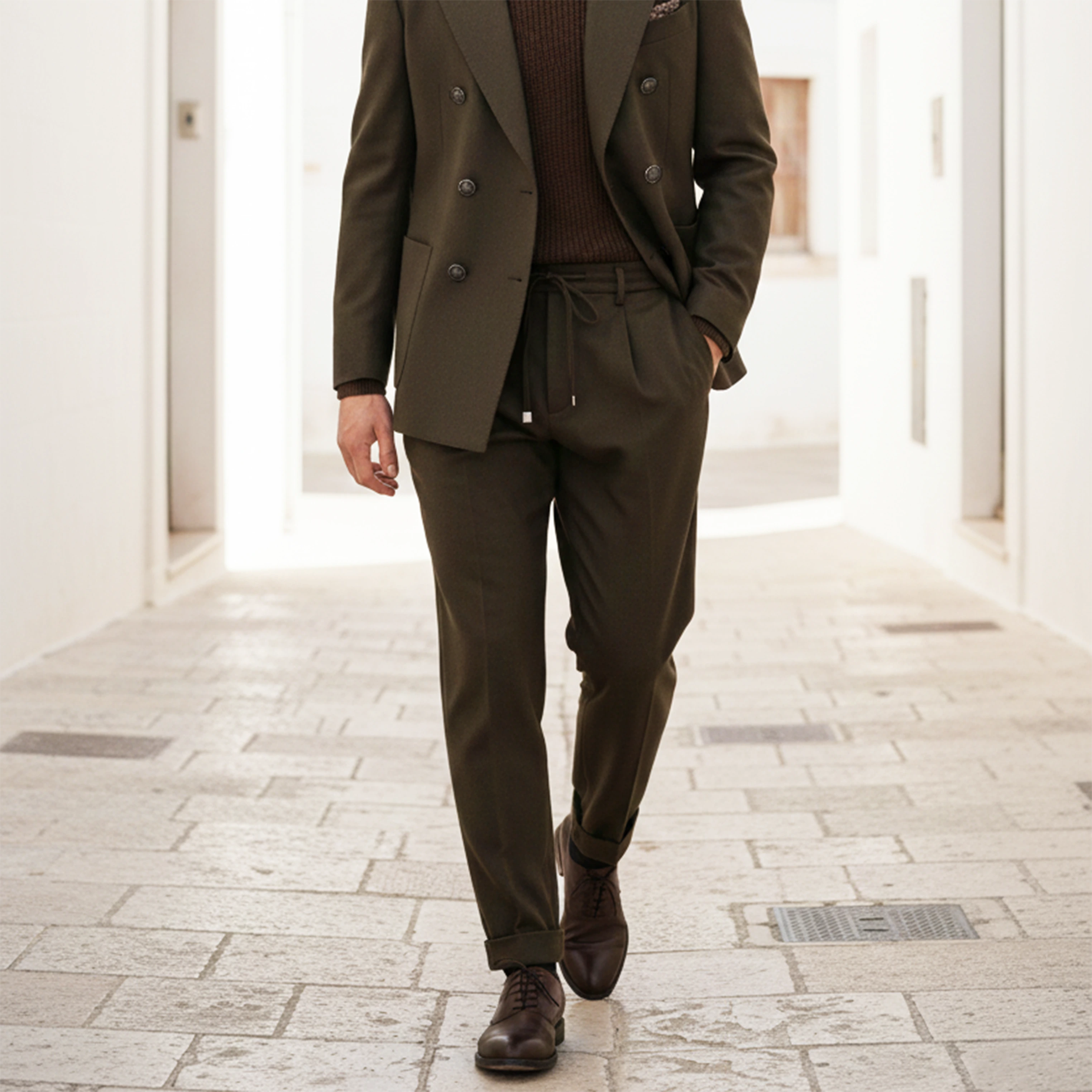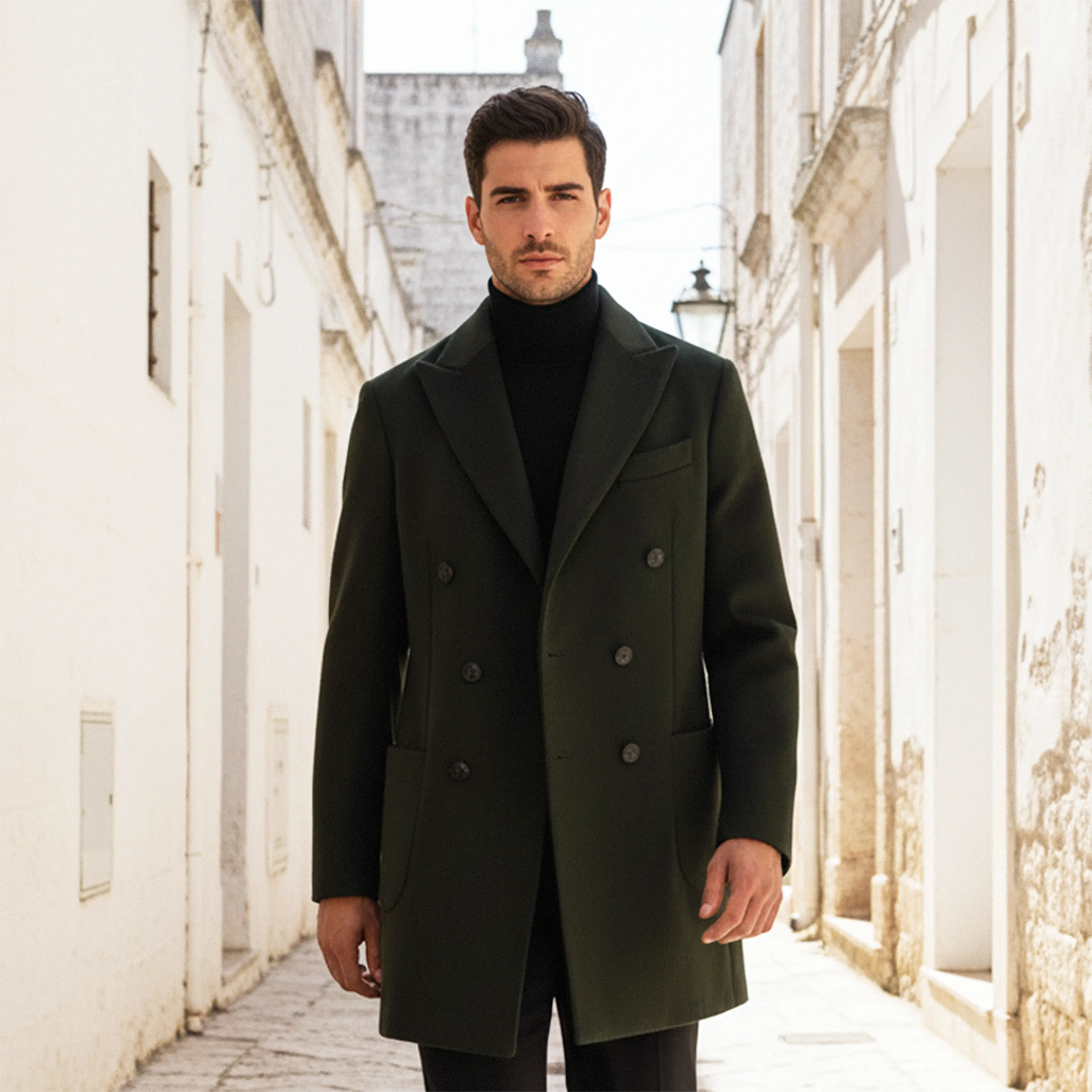LAPEL
The term lapel indicates the turn-up of the jacket that starts from the neck and continues along the chest. The expression revers derives from the English word "reverse" which means reverse, opposite or reverse, and was initially used to generically indicate any part of fabric that was folded outwards, such as the cuffs of jackets and shirts or the turn-up at the bottom some pants. The word lapels became associated solely with the collar of a jacket or coat towards the end of the 19th century, when it became fashionable to wear coats without buttoning them.
There are three main models of lapels, which regardless of the width of the models and the presence or absence of stitching, represent one of the most important distinctive elements of the men's tailored jacket:
-
Classic or notched lapel : versatile and discreet, it is typical of single-breasted tailored jackets and office suits. It represents the most traditional and widespread type of lapel, characterized by the presence of cran (the seam that separates the collar from the lapel) which forms a cut on the lapel slightly lower than the right angle, with the tips pointing towards the outside of the chest.
-
Peak lapel : important and eye-catching, it is typical of the double-breasted tailored jacket and formal suits such as tuxedos, morning coats and tails. The lapel is characterized by a very narrow cran, with the tips pointing upwards to emphasize the width of the shoulders and chest, making the figure slimmer.
-
Shawl lapel : harmonious and rounded, it is typical of formal jackets and tuxedos, and represents the best choice for important events and celebrations. The lapel is characterized by the absence of the cran and is made up of a single element without cuts that starts at the neck and ends below the chest.




